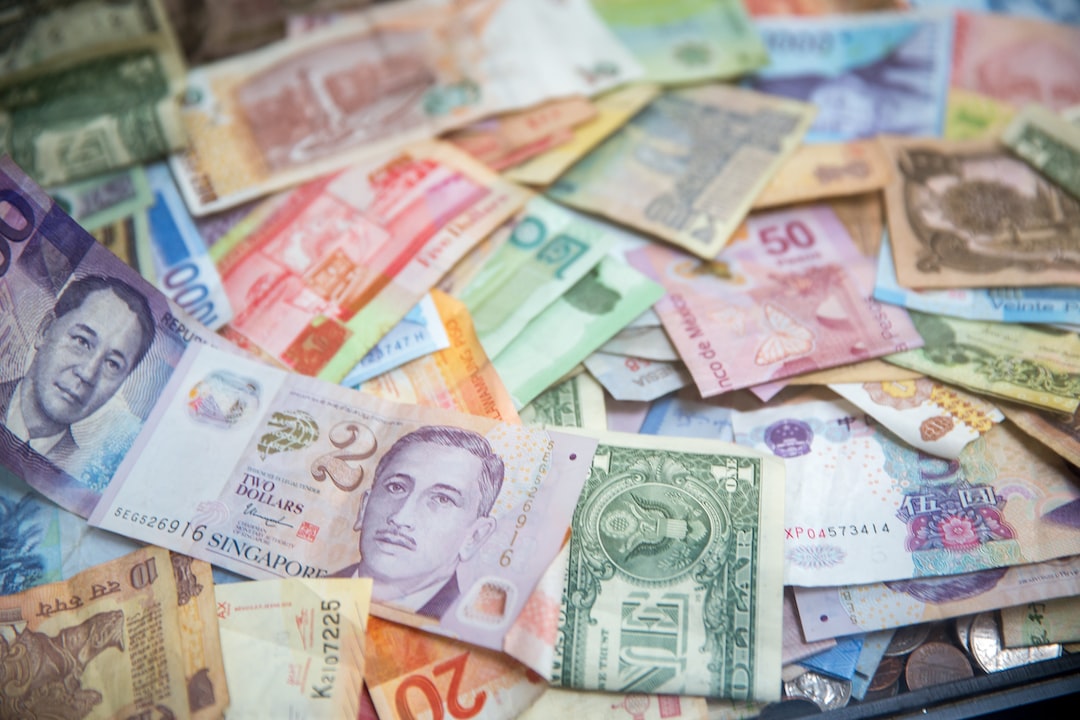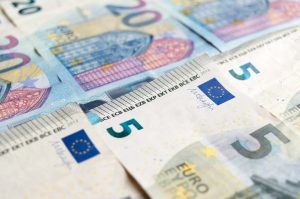As a forex trader, one of the key strategies you must master is the banker’s close trade. This strategy involves placing a trade at the end of the trading day, just before the market closes. The idea is to take advantage of the market sentiment that often emerges at this time, as traders close their positions and take profits or losses. But what time exactly should you put in a banker’s close trade? In this article, we will explore this question in depth.
First, it is important to understand that the timing of a banker’s close trade may vary depending on the market you are trading. Generally, the forex market is open 24 hours a day, five days a week, from Sunday evening to Friday afternoon. However, the trading sessions of different currency pairs may overlap or have specific hours of higher volatility and liquidity. For example, the London session (which opens at 8:00 am GMT) and the New York session (which opens at 1:00 pm GMT) are traditionally the busiest and most active trading sessions in the forex market.
With that in mind, let us consider some general guidelines for when to put in a banker’s close trade. One common approach is to wait until the last 15-30 minutes of the trading day, when the market tends to slow down and consolidate. This is especially true for the European and North American trading sessions, which overlap during the afternoon hours in Europe. During this time, traders often close their positions to avoid overnight risks, adjust their portfolios, or prepare for the next day’s trading.
Another factor to consider is the economic calendar and news releases. Major economic reports and events, such as central bank meetings, GDP data, or employment figures, can significantly affect the market sentiment and volatility. Therefore, it is advisable to avoid placing a banker’s close trade right before or after such events, as the market may experience sudden spikes or reversals. Instead, you may want to wait until the dust settles and the market resumes its normal flow.
In addition to these general rules, you should also take into account your trading style, risk tolerance, and goals. For example, if you are a scalper or day trader who aims to capture small price movements within a few minutes or hours, you may prefer to enter and exit the market multiple times throughout the day, rather than rely on a banker’s close trade. On the other hand, if you are a swing trader who seeks to profit from longer-term trends and swings, you may find the banker’s close trade a useful tool to optimize your entries and exits.
Finally, it is worth noting that the banker’s close trade is not a guaranteed or foolproof strategy. Like any other trading method, it involves risks and uncertainties, and may not work in all market conditions or for all traders. Therefore, it is essential to have a solid trading plan, proper risk management, and a disciplined mindset when using this or any other trading strategy.
In conclusion, the timing of a banker’s close trade in forex depends on multiple factors, such as the trading session, the economic calendar, and your trading style and goals. Generally, it is advisable to wait until the last 15-30 minutes of the trading day, when the market tends to consolidate, and to avoid major news releases or events. However, ultimately, the best time to put in a banker’s close trade is the one that fits your personal preferences and aligns with your trading plan.






